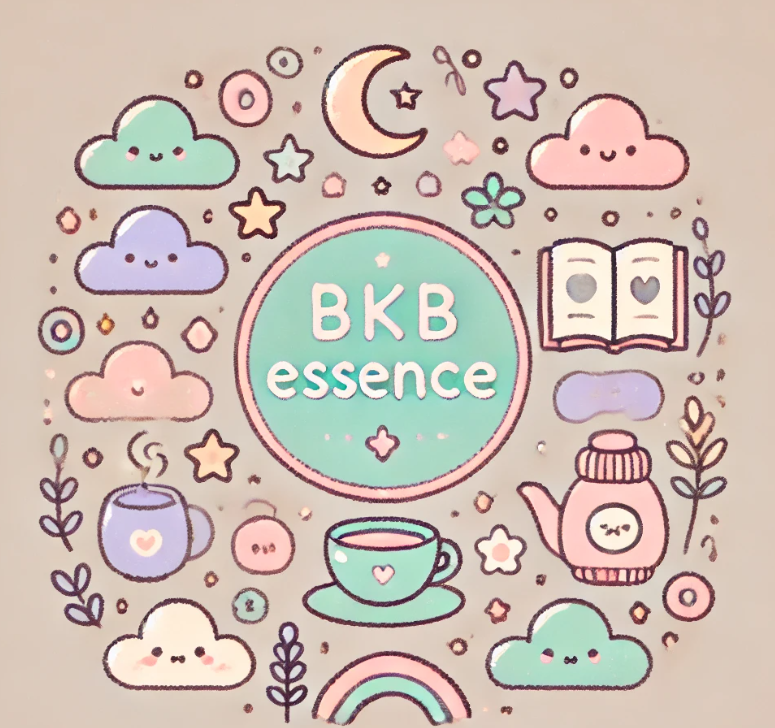Writing a summary can be one of the most daunting parts of the writing process. For me, it’s not just about condensing my book—it’s about figuring out exactly what the story is and how to capture its essence. That challenge only grows when the plot feels like it’s still coming together. Every sentence feels like a puzzle piece that doesn’t quite fit, which can lead to a cycle of frustration that makes you want to give up on the book entirely.
When I was writing Vulture, I must have rewritten the summary a dozen times, and each time, I felt like my story didn’t make sense. It wasn’t until later that I realized it was the summary, not the plot, that felt out of sync. Crafting a summary that truly reflects your story’s heart can be incredibly challenging, but thankfully, there are ways to make it easier.
Here are some techniques that helped me bring my summaries to life:
- Seek Feedback and Inspiration
- Don’t be afraid to ask trusted friends or other writers for their thoughts. Sometimes a fresh perspective can bring ideas you hadn’t considered. My friends’ insights helped me see my story from new angles and sparked ideas when I felt stuck.
- Listen to Reader Feedback
- Listening to readers—even when their feedback stings—offers invaluable insights. Reader complaints and criticism help you understand what they’re looking for in a story, which can guide you in refining a summary that resonates.
- Read Other Authors’ Summaries
- Sometimes the best way to learn is by studying others. I read summaries from authors in similar genres to see how they condensed complex plots into engaging blurbs. This approach gave me ideas on tone, structure, and style that helped shape my own.
- Brush Up on Grammar and Punctuation
- Clear and precise language is crucial in a summary. Knowing where to place that comma or how to phrase an idea concisely can elevate your summary, making it cleaner and easier to read. Grammar doesn’t just polish the summary—it gives it strength.
Writing a summary can still feel like one of the most challenging parts of the process, but these techniques have made it easier for me to articulate my story’s core. Remember, it’s okay to experiment and take time to find the right words. And if you’re struggling, know that you’re not alone—writing a summary is hard, but with persistence, you can create one that does justice to your story.



Comments ()